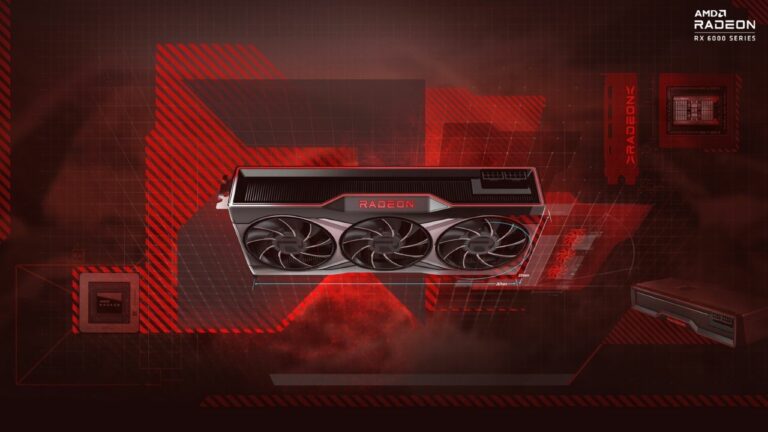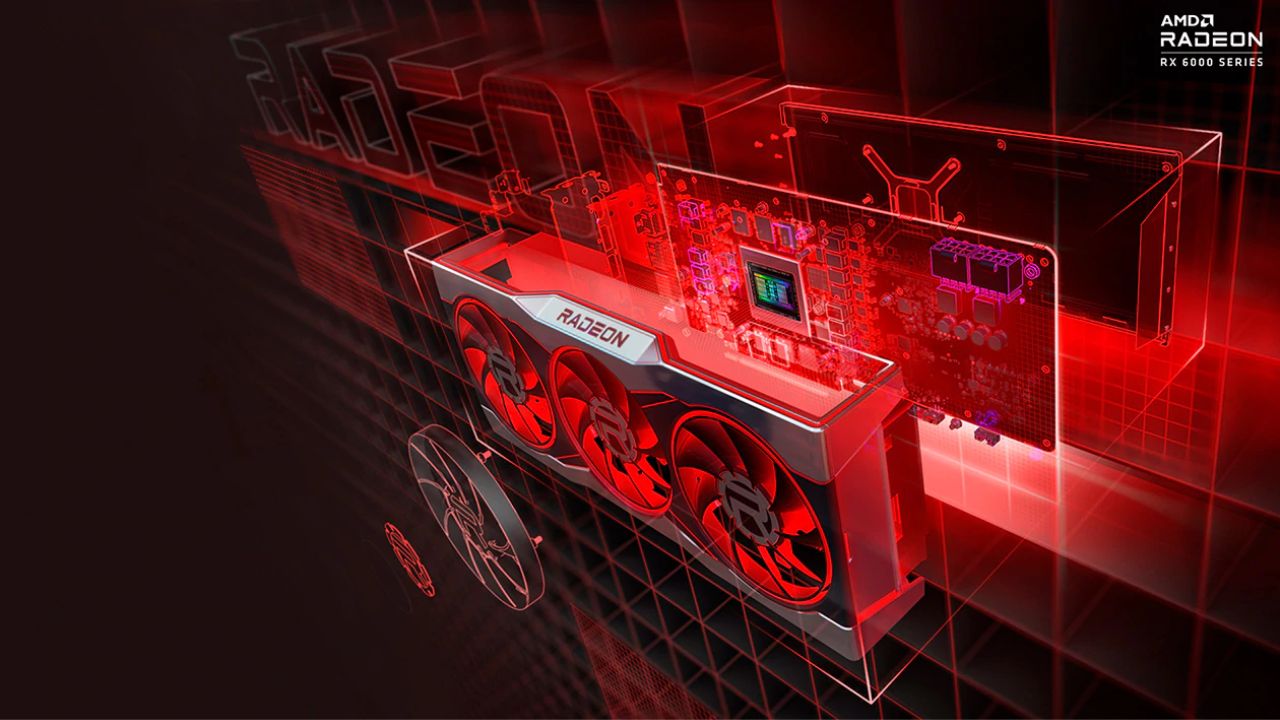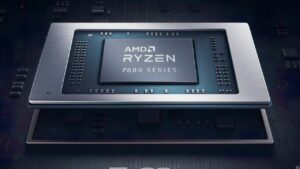AMD’s new GFX11 architecture, also known as RDNA3 has started receiving new updates from AMD’s software engineers. It seems that the recent patch shows that AMD has crafted its own instruction set architecture that can run on matrices. The RDNA3 architecture may support advanced artificial intelligence algorithms, such as modern super-resolution technologies. RDNA3 will first be used in AMD Radeon RX 7000 series graphics cards.
AMDGPU is a backend for AMD GPUs for the LLVM compiler library, updated by AMD employees themselves. The LLVM repository was recently updated introducing WMMA (Wave Matrix Multi-Accumulate) instructions on GFX11 hardware. As the name suggests, these commands will work on matrices. Such data is heavily used by AI/ML algorithms to calculate large sets of numbers.

An instruction known as MFMA (Matrix-Fused-Multiply-Add) was already used by AMD in its CDNA architecture. The difference is in the supported matrices and output formats. Published codes for AMDGPU show that WMMA only supports 16x16x16 matrices and data types like FP16/BF16.
// WMMA (Wave Matrix Multiply-Accumulate) intrinsics
//
// These operations perform a matrix multiplication and accumulation of
// the form: D = A * B + C .
This is similar to NVIDIA’s recent Tensor core architecture. The AMD WMMA instructions will be fused on a hardware level to help achieve better Machine Learning or DNN operations similar to how NVIDIA uses matrix multiplications for deep learning operations through its Tensor Core architecture. NVIDIA has commercialized this advanced instruction to boost NVIDIA DLSS AI-based super-resolution technology. Intel also has their own XMX/DPAS instructions operating on matrixes that can boost yet unreleased XeSS technology.

AMD should be looking to make the WMMA compatible with NVIDIA’s Tensor core technology or it will become obsolete by supporting only AMD GPUs. AMD WMMA technology may help the upcoming FSR 3.0 with hardware acceleration to boost the performance and graphics level the FSR technology offers. Now there aren’t a lot of details provided but this recent update in the LLVM could be a hint at a major graphics pipeline overhaul in the RDNA 3 GPUs.
We might be able to see AMD’s WMMA technology in action by end of 2022 or early 2023 when AMD plans to launch its Ryzen 7000 GPU series.
About Advanced Micro Devices
Advanced Micro Devices (AMD) is an American multinational semiconductor company headquartered in Santa Clara, California.
AMD develops computer processors and related technologies for business and consumer markets. AMD’s main products include microprocessors, motherboard chipsets, embedded processors and graphics processors for servers, workstations, personal computers and embedded system applications.








No Comments on AMD adds WMMA support to GFX11 (RDNA3) architecture, similar to Tensor core